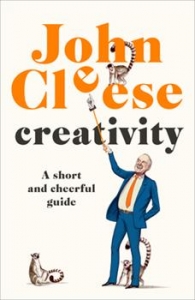Asking Discomfiting Questions in Your Blog
I have to say the questions “Would you recognize your primary care physician if you saw her on the street?” and “Could you pick your dentist out of a lineup?” got my attention a whole lot faster than any trite reminder of the importance of medical and dental checkups. In fact, AARP Magazine writer Kimberly Lankford eschewed polite nudging in favor of in-your-face retirement planning questions – “Would you like your neighborhood if you couldn’t drive” “When was the last time you tired yourself out?:”
Blog readers tend to be curious creatures and, as a longtime blog content writer, I’ve found that “self-tests” tend to engage readers and help them relate in a more personal way to the information presented in a marketing blog. Popular magazine editors appear to agree as well, because current issues are full of tests, games, and quizzes.
Kimberly Lankford’s questions to AARP readers, though, fall into a whole ‘nuther category, provoking not curiosity but introspection. “Picture your grandparents living in your home – would you worry about them getting around safely?” Often in blog content writing, it’s effective to present what I call “startling statistics” to incentivize readers to take action. “Every 11 seconds, an older adult is treated in an emergency room for a fall,” Age Safe America tells us. While statistics such as these can certainly serve as Calls to Action in blog posts, the AARP Magazine approach uses discomfiting questions to drive readers to action.
We’ve all read (heck, for 21 consecutive years, I wrote) articles that focus on the financial aspects of retirement. “Retirement planning should include determining time horizons, estimating expenses, calculating required after-tax returns, assessing risk tolerance, and doing estate planning,” cautions Investopedia.com.
The AARP article, in contrast, enters readers’ consciousness from an entirely different direction:
“OK. You’re retired. What will you be doing next Monday?” This very discomfiting question forces readers to look at themselves, not just their finances.
Are there any discomfiting questions you can pose to blog readers to forcing them to come to grips with the very need with which you’re in a position to help?







Follow us online!